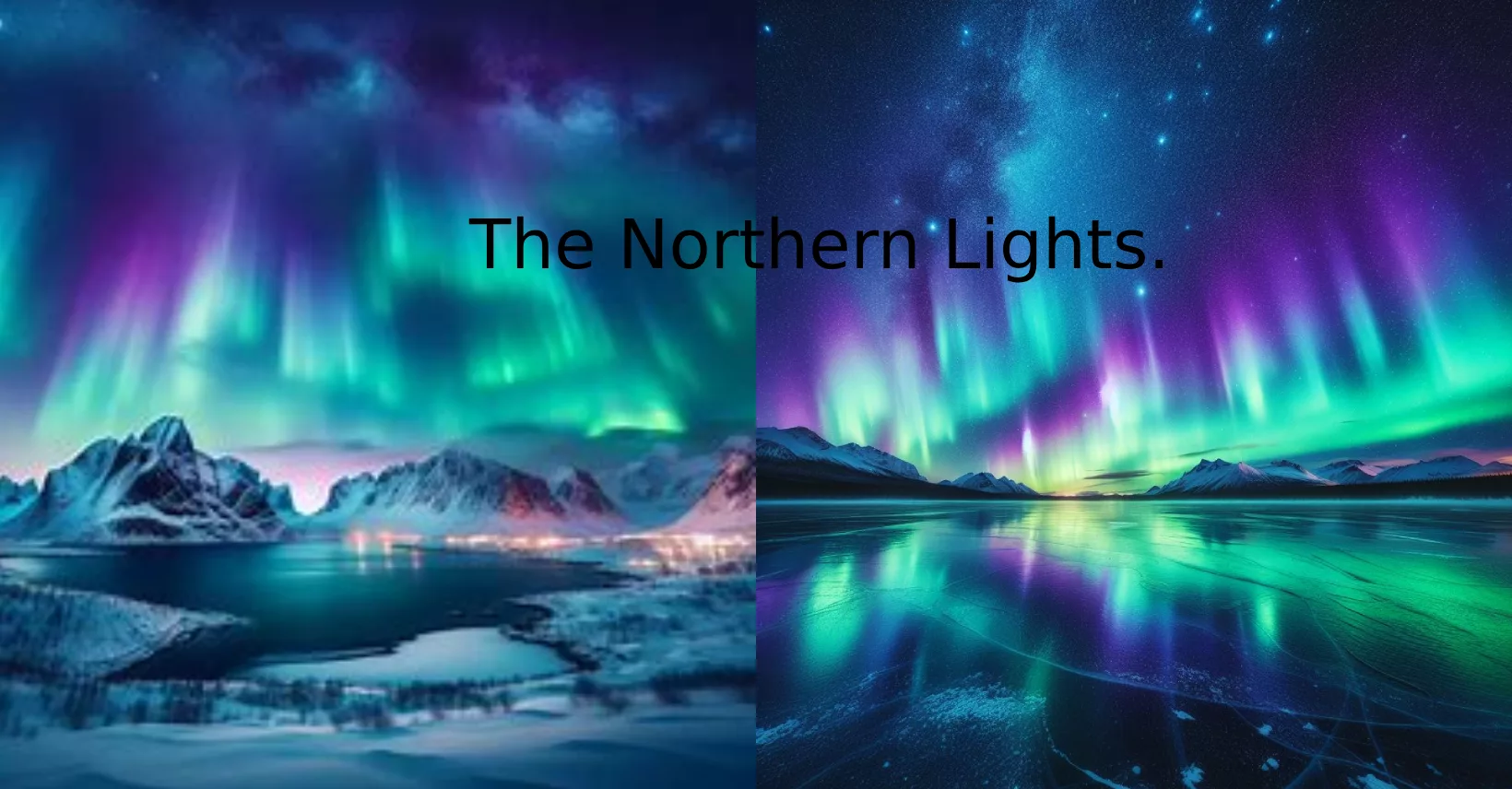The northern lights- are a spectacular, colourful display of light commonly seen in the night sky in the northern hemisphere. Auroras in the southern hemisphere are known as the southern lights, or aurora australis. They are also called aurora borealis. It is a very colorful Phenomenon that looks very interesting and beautiful.
Or it can be also said that, The Northern Light or simply called an Aurora is a natural light display in Earth’s sky, predominantly seen in high-latitude regions (around the Arctic and Antarctic). Auroras display dynamic patterns of brilliant lights that appear as curtains, rays, spirals, or dynamic flickers covering the entire sky.
Let’s understand it according to the science. How does science defines the Northern Light or a Aurora?
Auroras are brilliant ribbons of light weaving across Earth’s northern or southern polar regions. These natural light shows are caused by magnetic storms that have been triggered by solar activity such as solar flares (explosions on the Sun) or coronal mass ejections (ejected gas bubbles).
The northern lights come in a variety of colors such as Green, red, blue etc.
The following colors can be seen when the northern lights are in the sky.
- Green: Green is the most common color seen from the ground and is produced when charged particles collide with oxygen molecules at altitudes of 100 to 300 km.
- Pink and dark red: Occasionally, the lower edge of an aurora will have a pink or dark red fringe, which is produced by nitrogen molecules at altitudes of around 100 km.
- Red: A bit higher in the atmosphere (at altitudes of 300 to 400 km), collisions with oxygen atoms produce red auroras.
- Blue and purple: Finally, hydrogen and helium molecules can produce blue and purple auroras, but these colors tend to be difficult for our eyes to see against the night sky.

Energized particles from the sun slam into Earth’s upper atmosphere at speeds of up to 45 million mph (72 million kph), but our planet’s magnetic field protects us from the onslaught.
Auroras are occasionally seen in latitudes below the auroral zone, when a geomagnetic storm temporarily enlarges the auroral oval. Large geomagnetic storms are most common during the peak of the 11-year sunspot cycle or during the three years after the peak.
An electron spirals (gyrates) about a field line at an angle that is determined by its velocity vectors, parallel and perpendicular, respectively, to the local geomagnetic field vector B. This angle is known as the “pitch angle” of the particle. The distance, or radius, of the electron from the field line at any time is known as its Larmor radius.
The pitch angle increases as the electron travels to a region of greater field strength nearer to the atmosphere. Thus, it is possible for some particles to return, or mirror, if the angle becomes 90° before entering the atmosphere to collide with the denser molecules there. Other particles that do not mirror enter the atmosphere and contribute to the auroral display over a range of altitudes.
Other types of auroras have been observed from space; for example, “poleward arcs” stretching sunward across the polar cap, the related “theta aurora”, and “dayside arcs” near noon. These are relatively infrequent and poorly understood. Other interesting effects occur such as pulsating aurora, “black aurora” and their rarer companion “anti-black aurora” and subvisual red arcs.
In addition to all these, a weak glow (often deep red) observed around the two polar cusps, the field lines separating the ones that close through Earth from those that are swept into the tail and close remotely.
So, do you like the Northern lights?

